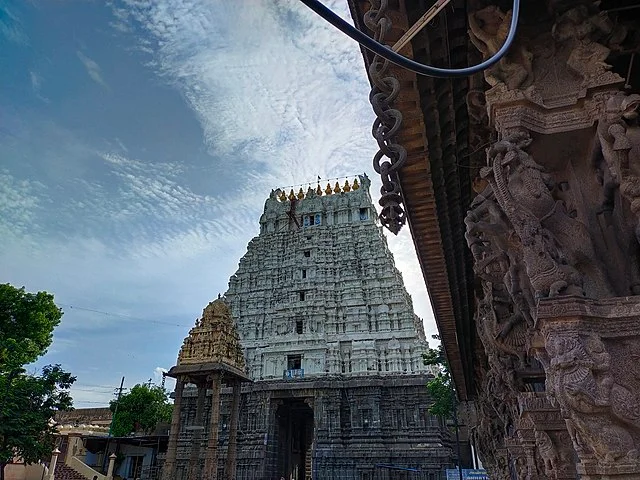The Varadharaja Perumal Temple, located in Kanchipuram, Tamil Nadu, is one of the most important and revered Hindu temples. Dedicated to Lord Vishnu, it has a rich history and stands as a significant architectural achievement. The temple is a major center of pilgrimage, particularly for followers of the Vaishnavism tradition.
Get your dose of History via Email
Historical Background
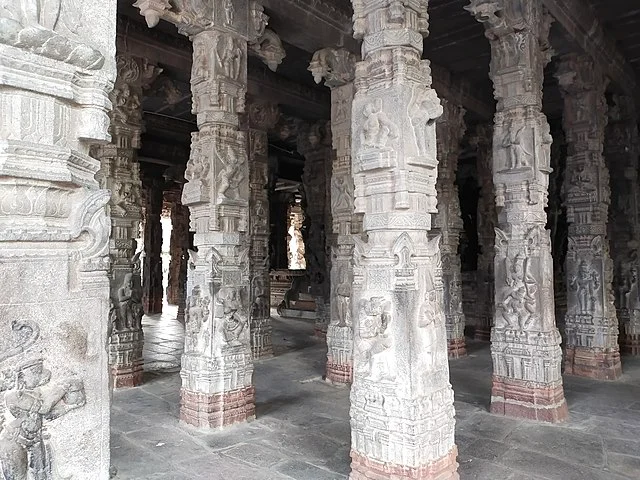
The temple’s origins trace back to the 11th century AD during the reign of the Chola dynasty. However, it is believed that the temple was originally built by the Pallava dynasty. Kanchipuram was an important city under the Pallavas and later the Cholas. The temple was expanded and renovated during these dynasties.
Architecture
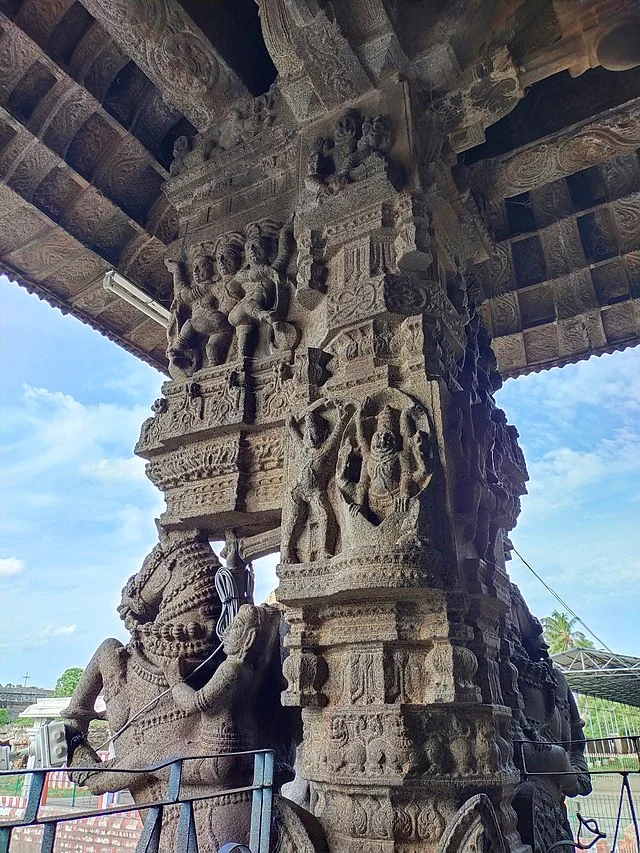
The Varadharaja Perumal Temple is known for its Dravidian style of architecture. The temple complex is large and features a series of gopurams (gateway towers) and courtyards. The main sanctum houses a majestic idol of Lord Vishnu, known as Varadharaja Perumal. This idol is unique for its depiction of Vishnu in a reclining posture.
The temple’s architecture is rich in carvings and sculptures, depicting various scenes from Hindu mythology. The pillars are intricately carved, and the walls are adorned with detailed artwork representing stories from the Ramayana and Mahabharata.
Key Features of the Temple Complex
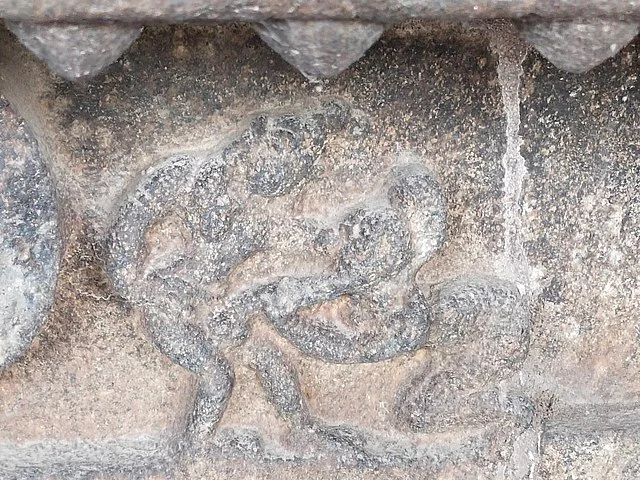
The temple complex includes several significant components:
- Main Sanctum (Garbhagriha): The central area where the primary deity, Varadharaja Perumal, is enshrined.
- Raya Gopuram: The tall gateway tower at the entrance of the temple.
- Pushkarini (Sacred Tank): A large water tank situated within the temple complex, believed to have sacred waters.
- Mandapams (Halls): These halls are used for various religious and cultural events, with some housing large pillars featuring intricate carvings.
The Varadaraja Perumal Idol
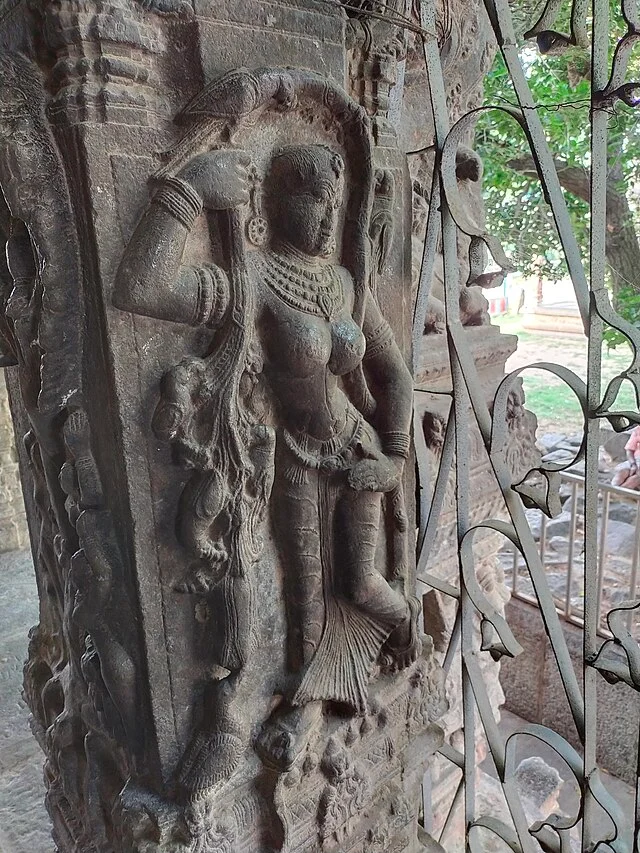
The idol of Lord Varadharaja Perumal is particularly significant. It is said that this idol was once made of wood and was later submerged in water, to be rediscovered in the 16th century. This event is considered a miracle by devotees. The idol is believed to grant devotees’ wishes and is an important deity in the Vaishnavism tradition.
Religious Significance
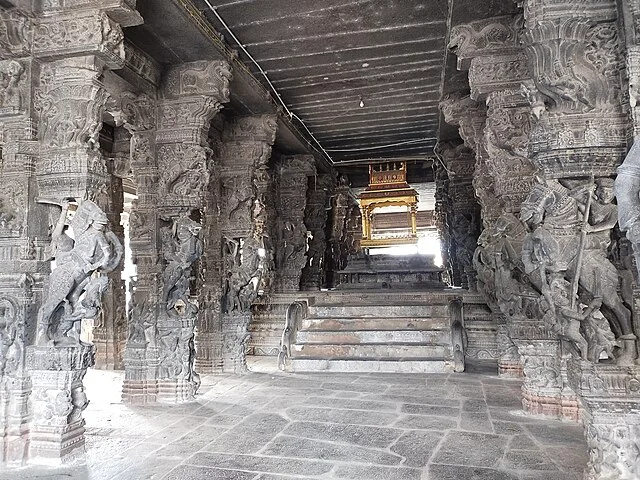
The Varadharaja Perumal Temple is one of the 108 Divya Desams, which are sacred pilgrimage sites for Vaishnavites. Devotees from across India and abroad visit this temple to seek blessings and participate in the various rituals and festivals held throughout the year. The temple is particularly important during the Brahmotsavam festival, which is celebrated with grand processions and rituals.
Influence on Vaishnavism
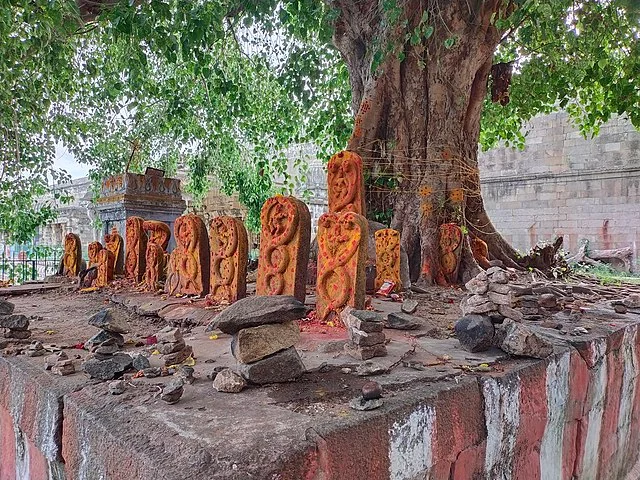
The temple plays a central role in the spread of Vaishnavism in Tamil Nadu. The Tamil Alvars, who were devotional poets and saints, often composed hymns dedicated to Lord Vishnu. These hymns have a profound influence on the temple’s religious practices. The Varadharaja Perumal Temple is closely associated with the teachings of the Alvars and has been a site for promoting the Vaishnavite faith.
Conclusion
The Varadharaja Perumal Temple is not only a center of worship but also a historical and architectural marvel. Its influence on religious practices, culture, and art in Tamil Nadu is undeniable. The temple’s rich history and dedication to Lord Vishnu make it an essential pilgrimage site and a symbol of the region’s religious heritage.
Source:

